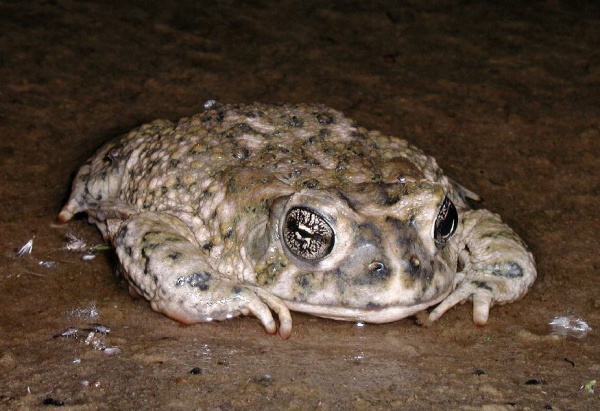Facts About Arroyo toad
The arroyo toad is a remarkable species of true toads native to California and Baja California, currently listed as Endangered by the IUCN due to habitat loss. These toads are small and robust, measuring between 5 and 7.5 cm in length, and exhibit distinctive features such as horizontal pupils, warty skin, and a variety of colors. They flourish in sandy or cobbly washes in Southern California and Baja California, where they burrow into the sandy soil for protection.
This toad is nocturnal and hibernates during the dry season. It exhibits intriguing behaviors, such as rapid hopping and lunging at its prey. During the breeding season, male arroyo toads call to attract females near water bodies to lay their eggs. The eggs are strategically placed to avoid drying out or being consumed by predators. The larvae feed on microbes, while adult toads consume ants, beetles, caterpillars, and other small insects. To defend themselves, arroyo toads secrete a toxic substance from their skin that can be harmful to both predators and humans. Their natural predators include fish, frogs, snakes, and birds.
Unfortunately, the arroyo toad faces numerous threats from human activities such as agriculture, road construction, off-road vehicles, and mining, all of which contribute to habitat destruction. Additional challenges include introduced predators, invasive plants, drought, wildfires, water releases from dams, and light pollution. Ongoing conservation efforts, including legal battles, aim to protect this species. Despite some progress, the arroyo toad continues to face significant threats, leading to recommendations to alter its status from Endangered to Threatened.

 Mexico
Mexico